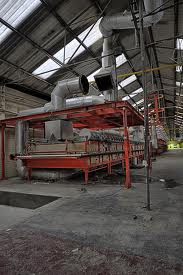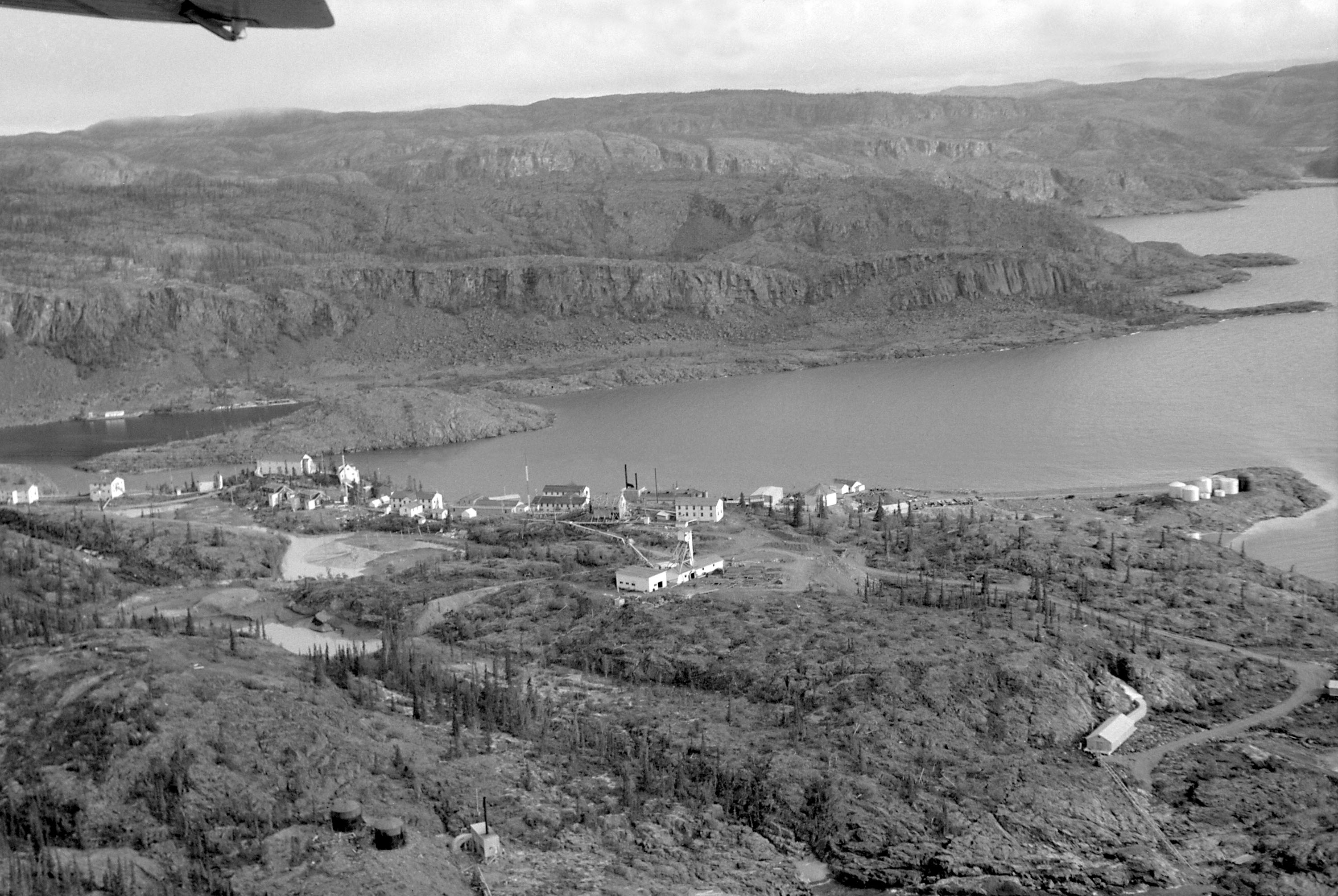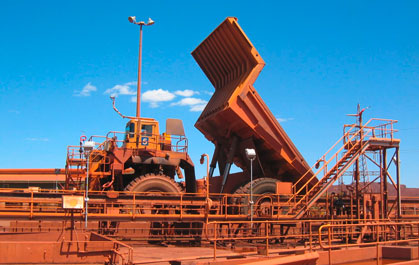Argyle diamond mine

Company Location
Company Description
The Argyle Diamond Mine is a diamond mine located in the East Kimberley region in the remote north of Western Australia. Argyle is the largest diamond producer in the world by volume, although due to the low proportion of gem-quality diamonds, is not the leader by value. It is the only known significant source of pink diamonds, producing over 90% of the worlds supply. It additionally provides a large proportion of other naturally coloured diamonds, including champagne, cognac and rare blue diamonds. Argyle is currently transitioning from an open pit mine to an underground mine.
The Argyle Diamond Mine is a diamond mine located in the East Kimberley region of Western Australia. It is the largest diamond mine in the world and has been in operation since 1983. The mine produces a wide variety of diamonds, including the famous pink diamonds which are the rarest and most valuable diamonds in the world. The mine is located in the remote Kimberley region, and its diamonds are mined from the Argyle Creek, a tributary of the Ord River.
The Argyle Diamond Mine is owned by Rio Tinto, one of the world’s leading mining companies. The mine is renowned for its high-quality diamonds, and it produces around 90% of the world’s pink diamonds. The mine is also known for its innovative diamond recovery and sorting technology, which allows it to produce diamonds of a higher quality than other mines.
The Argyle Diamond Mine has become a major tourist attraction in the region, with people from all over the world visiting to explore the mine and learn about its history. The mine has a visitor’s center, where visitors can learn about the history and process of diamond mining, as well as view the diamonds produced at the mine. The mine also produces a range of jewelry, which is available for purchase at the visitor’s center.
The Argyle Diamond Mine is a major contributor to the economy of Western Australia, and it has also provided employment for many people in the Kimberley region. The mine is a major source of diamonds for the jewelry industry, and it is also an important part of the local culture, with many local people having a strong connection to the mine.
Related Companies:

















